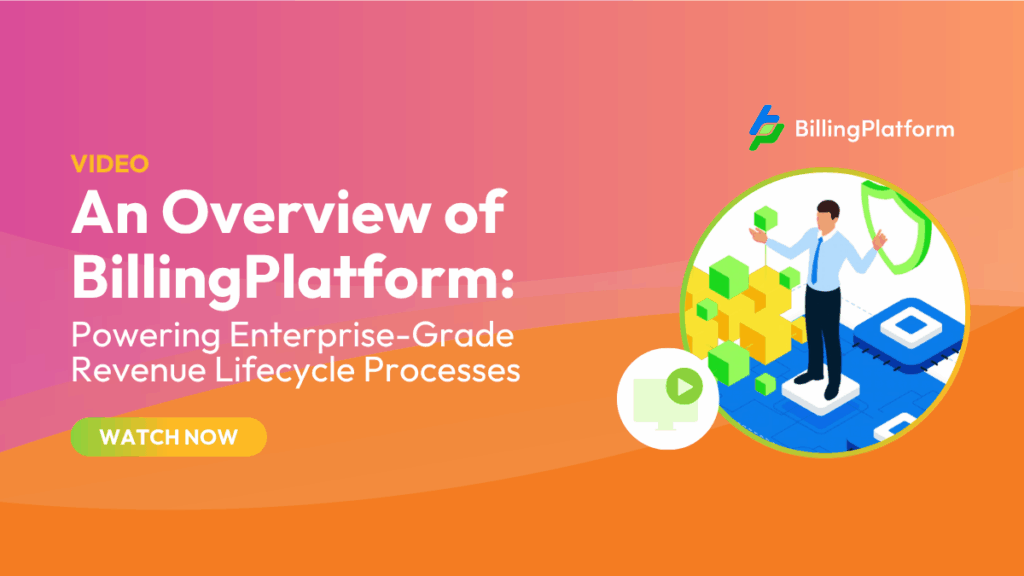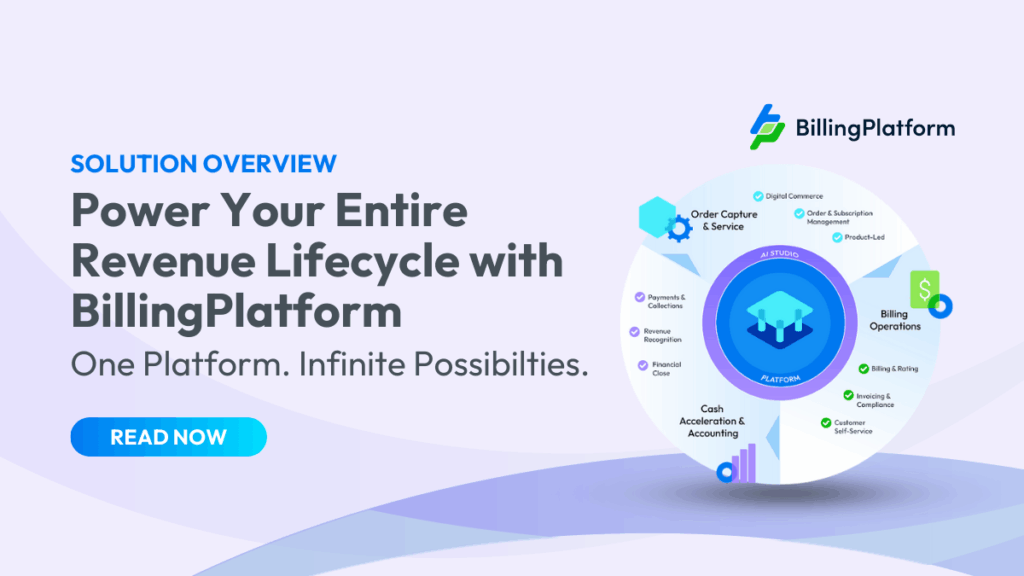When it comes to billing, sticking with the status quo can feel like the safest alternative, but suboptimal processes and systems could be hurting the business in many ways. When plotting your customer billing and invoicing strategies, don’t stick with the status quo without taking an objective look at how current systems can be costing your business.
Introduction: Is Your Billing Approach Really Good Enough?
For enterprise CFOs, there’s typically no shortage of potential large-scale initiatives in which to invest. At any given time in a large enterprise, there may be 20 large-scale initiatives on the table, but only a few will be approved for funding. There’s the saying, “the squeaky wheel gets the grease,” but at any given time, there’s a lot of squeaks, and not anywhere near enough grease to go around.
Within this context, it can be easy to ignore any initiatives aimed at enhancing billing. On the surface, one could argue the status quo isn’t hurting the business. After all, the thinking goes, bills are getting out the door, the process isn’t broken, so why focus on fixing it? To further expand the analogy, compared to higher profile challenges, objectives or obstacles, billing can be one of the “quiet” wheels that’s easy to ignore.
I’d argue it’s important to look much more holistically at billing and agile monetization, however. The reality is that the status quo can be costing the business dearly, but the more important consideration is whether current billing capabilities are truly helping advance your business?
A CEO I used to work with made it very simple. He explained that at any given time, there are three key objectives a business could pursue: managing costs, increasing revenues and innovating to improve customer experience. I’d argue optimized agile monetization can fuel significant improvements across all three of these areas. In the following sections of this post, we’ll focus on how agile monetization can support improved cost management.
How Agile Monetization Fuels Enhanced Cost Management
The reality is that the current state of monetization systems and processes can be costing companies millions of dollars, both in direct costs and indirectly through limited visibility. Here’s how the status quo is costing businesses in each area, and how advanced platforms can help.
Cost Reductions
In many organizations, the reality is that current processes require a lot of manual effort—which translates directly to significant investments, substantial staffing costs and the potential for a lot of errors, which can further exacerbate matters. As we outlined in an earlier post, because of the manual, stove-piped nature of systems in place, many organizations are spending a third of each month simply closing the books on the prior month. (See, “On Dirty Dishes and Lengthy Monthly Close Cycles: We Found the Culprits” for more information.)
By replacing legacy billing systems with modern agile monetization platforms, organizations can eliminate a lot of manual efforts, not to mention the errors and inconsistency associated with these manual efforts. This ultimately either enables direct savings through reduced staffing costs or yields the advantages of freeing staff to focus on more strategic efforts.
Enhanced Cost Management Insights
Business performance can also be hurt because the manual, stove-piped nature of legacy billing platforms can limit visibility. Say your organization increased pricing by 10% over the past quarter. Or maybe a new pricing model was rolled out in Q1, and another was rolled out in Q2. What is the actual impact of these changes on specific metrics? Did revenue increase or decrease? Did customer acquisition grow or shrink?
In many organizations, it can take days to generate reports that reveal this kind of information. Often in large companies, CFOs will have teams of analysts doing all the work needed to generate these reports. The problem is that, because these efforts require teams of analysts, they are inherently time consuming and costly. The process associated with a report can entail pulling data from multiple billing systems, undertaking complex normalization work, manually building required formulas in spreadsheets and so on.
These manual efforts can lead to inaccuracies or limited insights. The scope of data employed can be limited, meaning insights aren’t as rich or actionable as they need to be. Further, it most likely will only be practical to generate reports on a sporadic basis, making it difficult to identify discrepancies and exceptions. Even more problematic is that staff fundamentally lack trust in the intelligence gathered. Ultimately, these reports are often employed in a more backward-looking way, focusing on justifying decisions that were made. Because this information is not transactional or real time, executives aren’t willing to make strategic decisions and so stake their reputations based on this data. Ultimately, this could lead to organizations making big bets based on imprecise information, or not making decisions at all.
When teams employ modern, agile monetization systems that eliminate manual rework, they can gain the enhanced intelligence that leads to better pricing decisions. Teams can easily access real-time, transactional data to fuel decision making. Faster, easier access to this critical information can yield more agile decision making. With agile monetization, teams can measure the financial impact of different pricing models. Executives can tie specific changes in pricing to specific business results, such as customer acquisition, retention or margin—so they can more effectively track and improve these metrics.
Conclusion
Within today’s enterprises, decision-makers constantly have to make tough decisions around which initiatives to fund and which to put off. While sticking with the status quo can appear to be easier to justify and less risky, it is important to make these decisions based on an objective, holistic look at the real costs and risks that the status quo presents. When it comes to billing, sticking with the status quo can in fact be quite risky, forcing the business to incur steep direct costs and limited insights that can put the company at an increasing disadvantage in today’s dynamic markets.
If you want to see how a next-gen billing platform could work for your company, feel free to contact us to schedule a demo.



